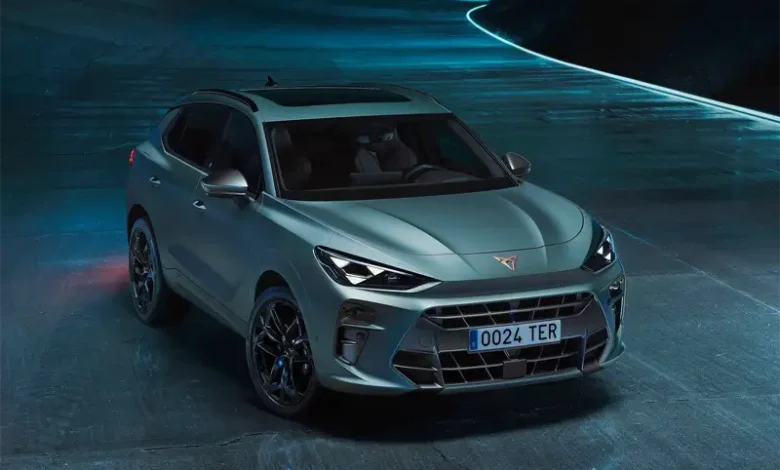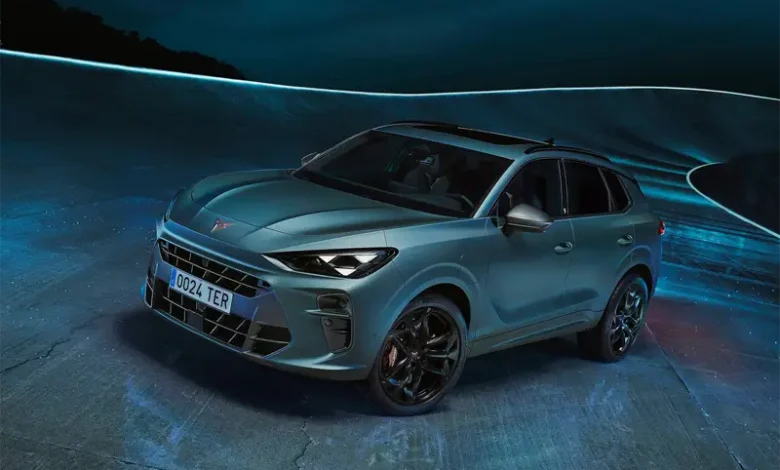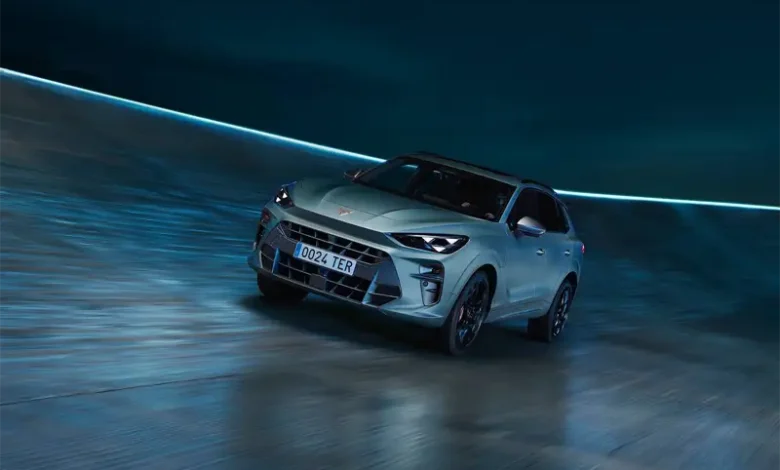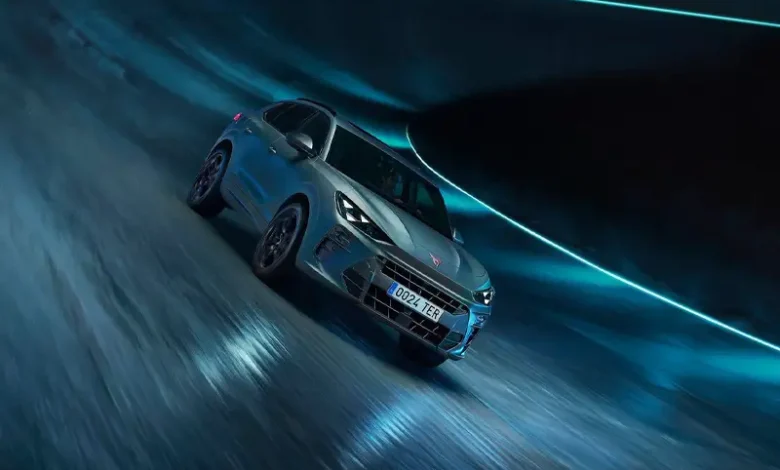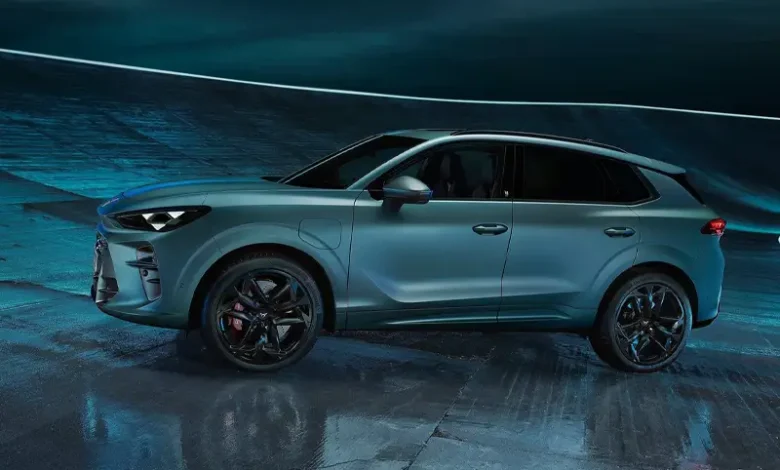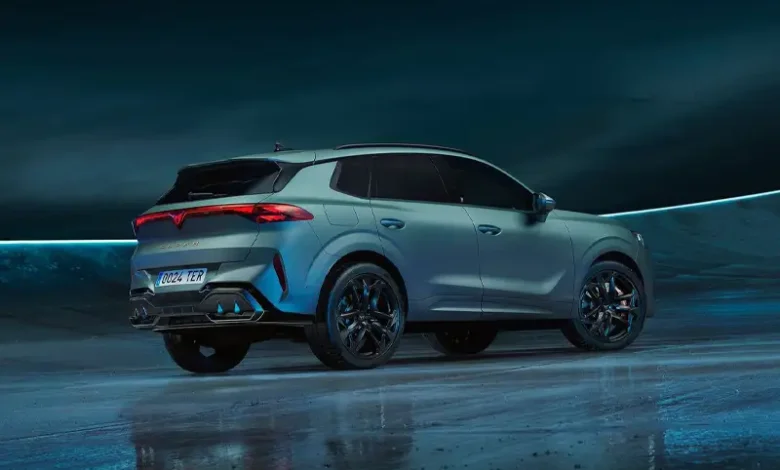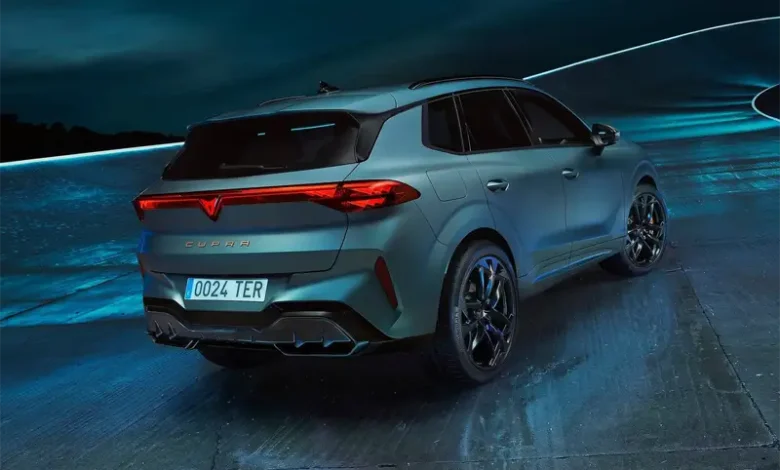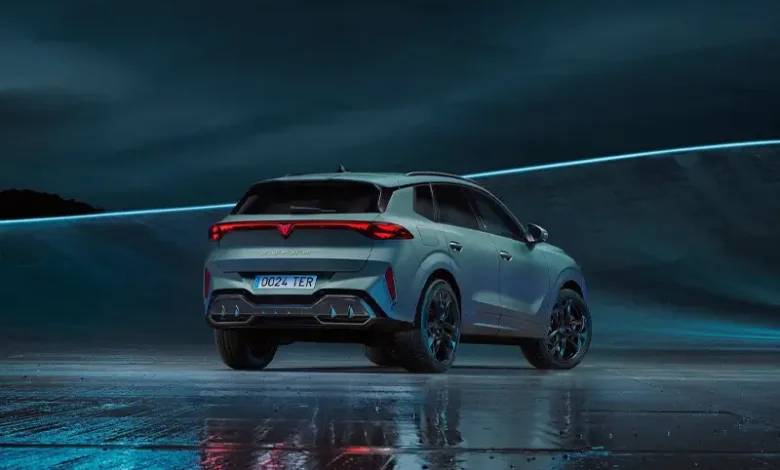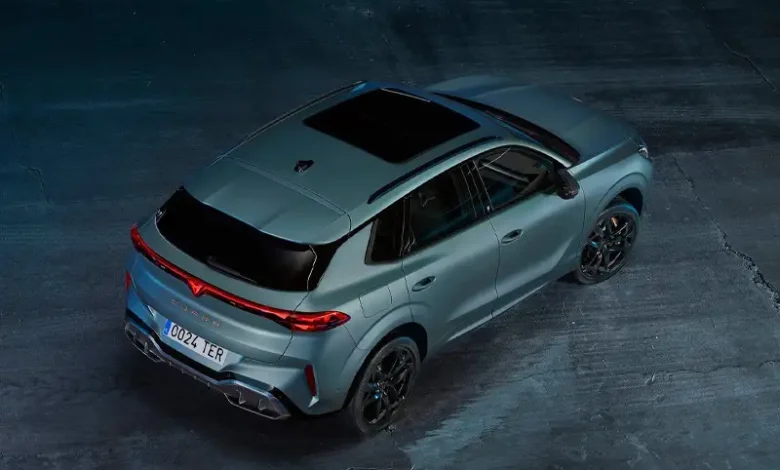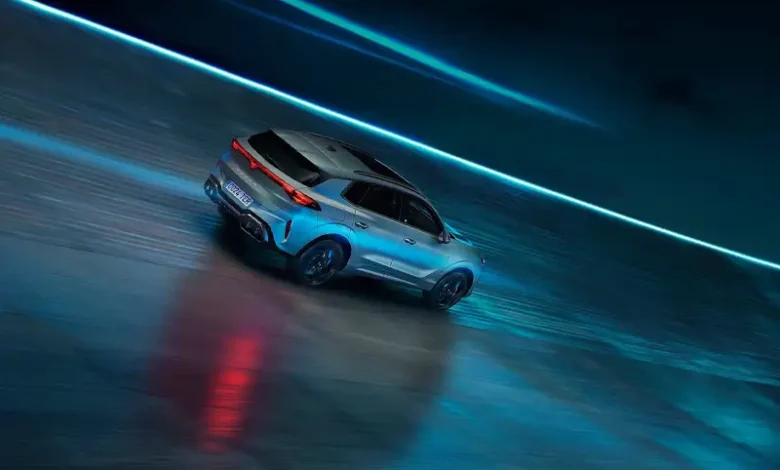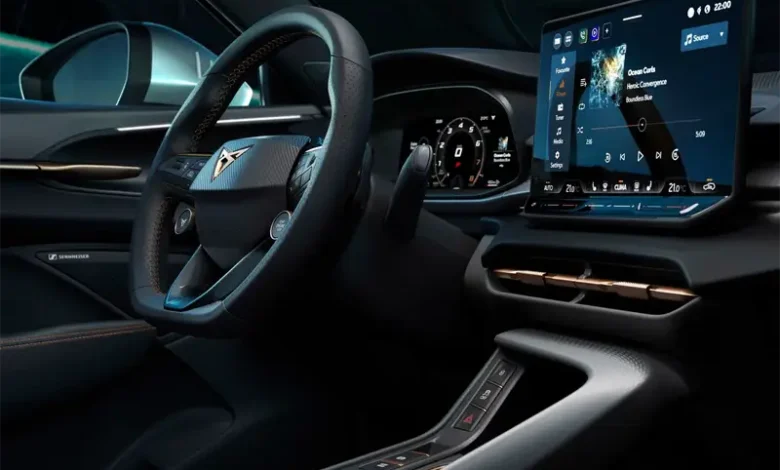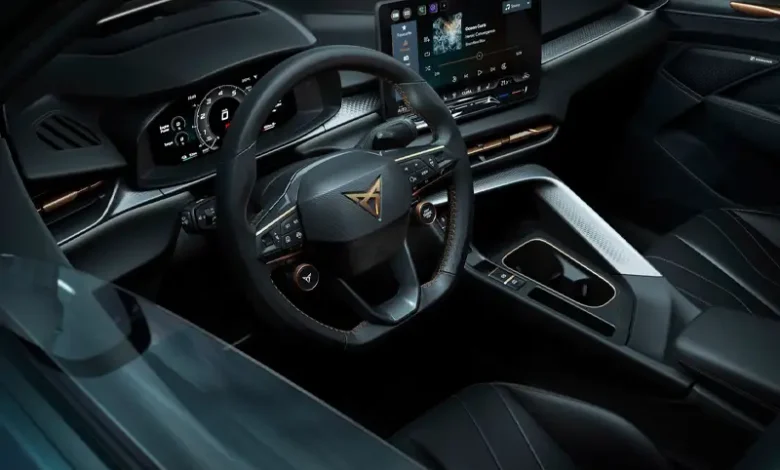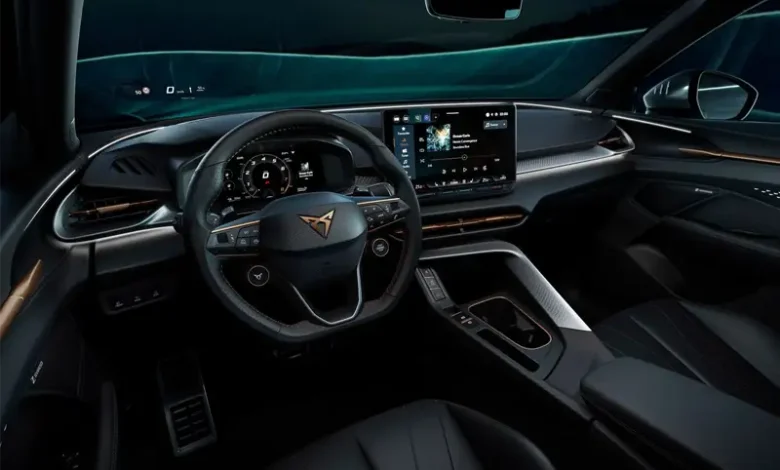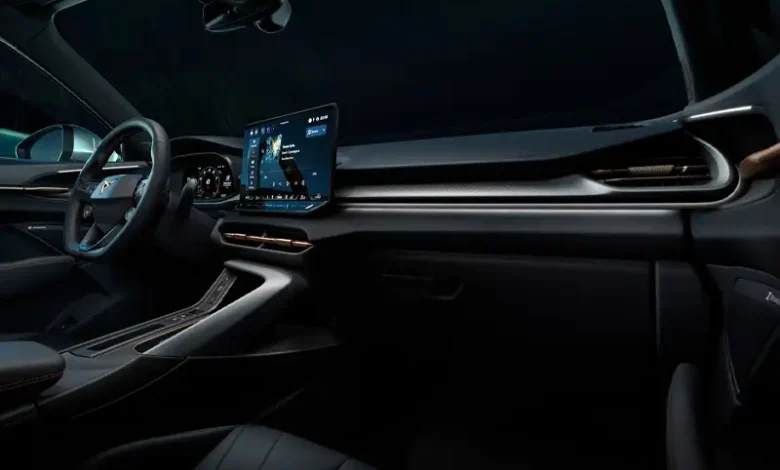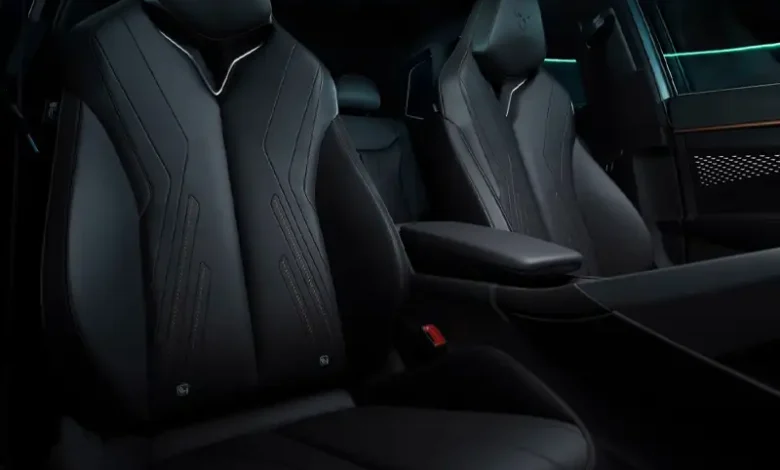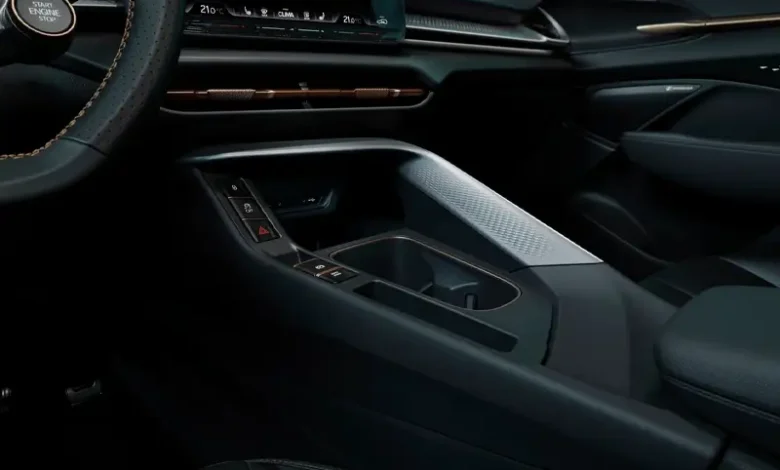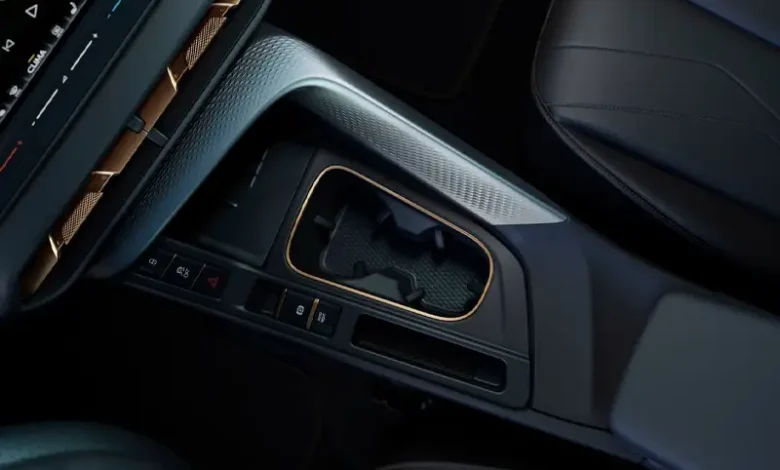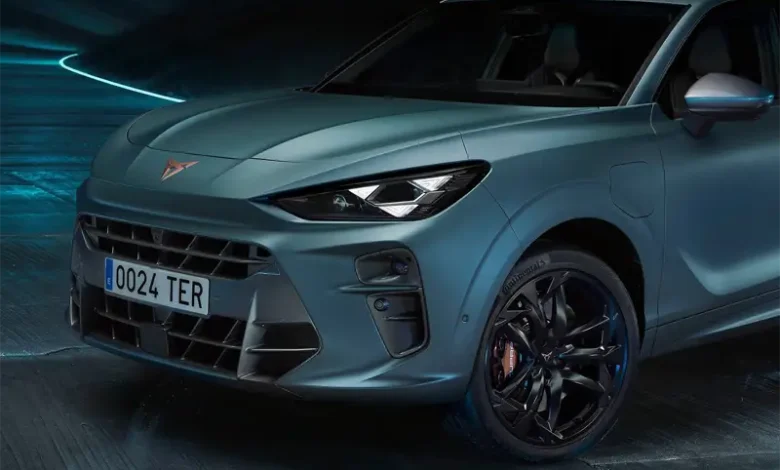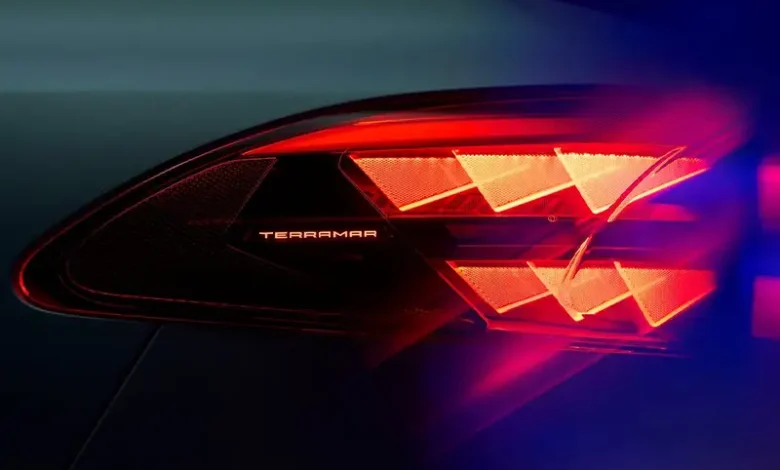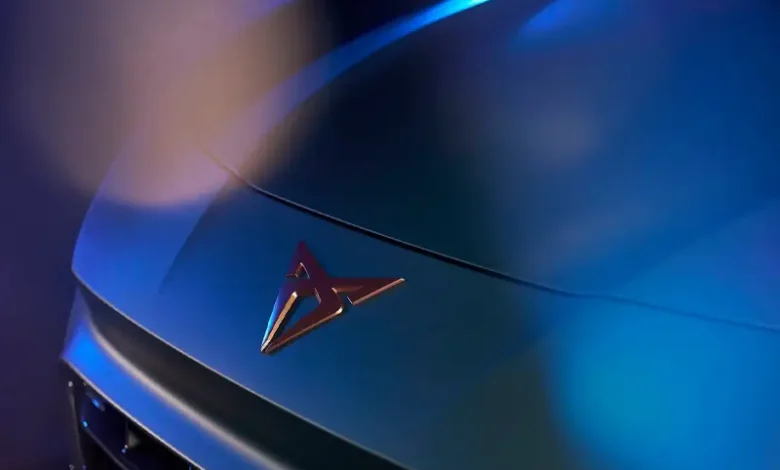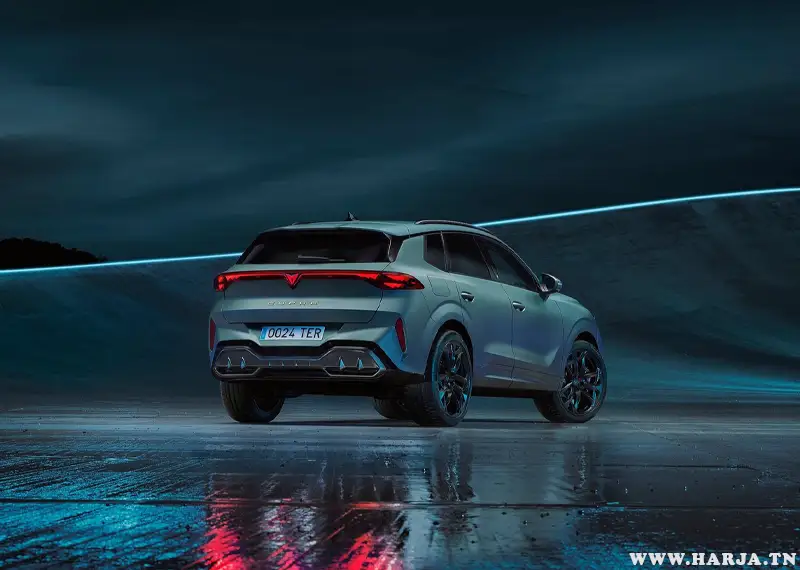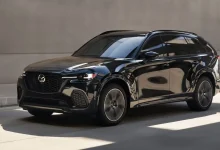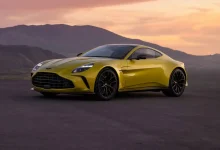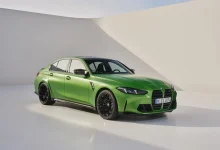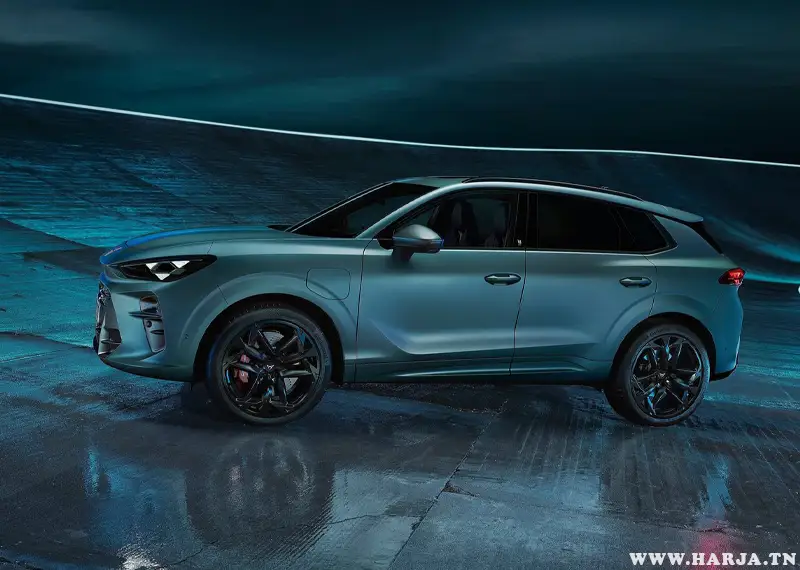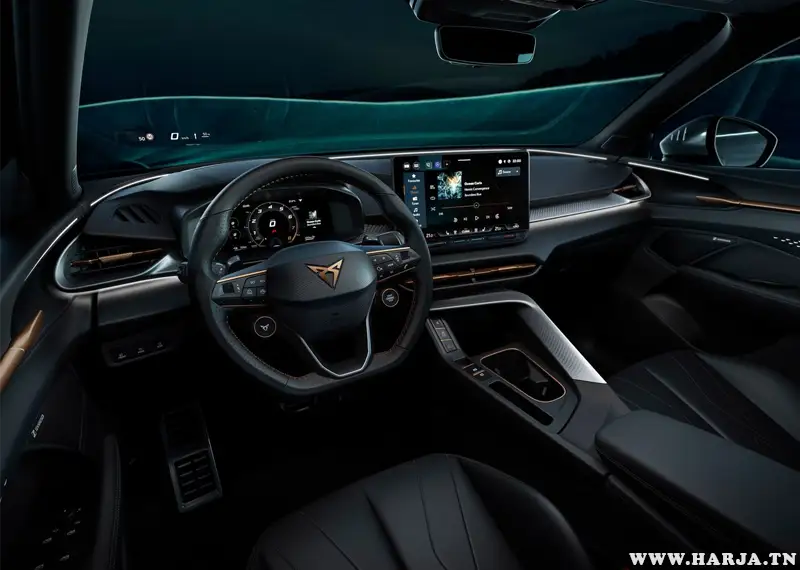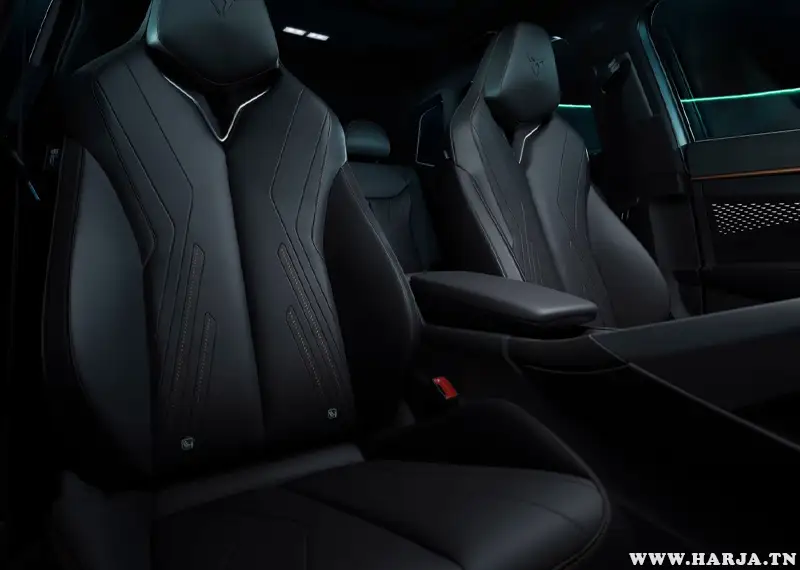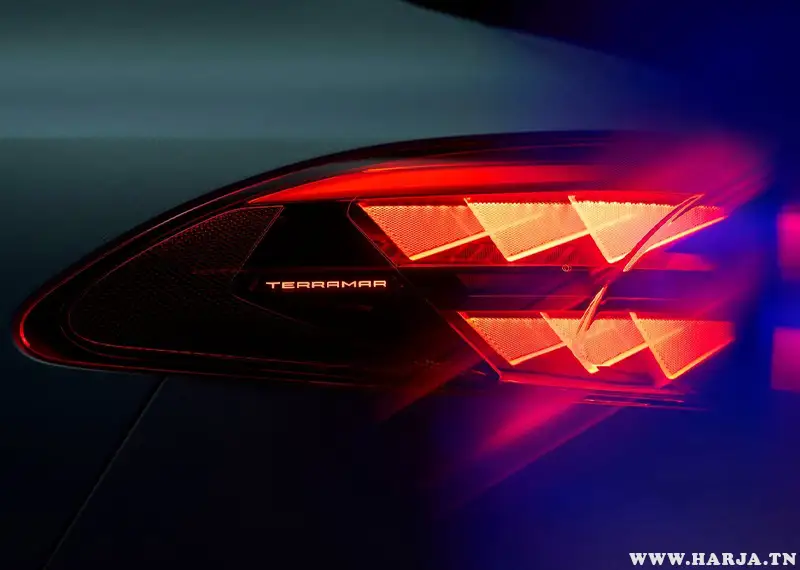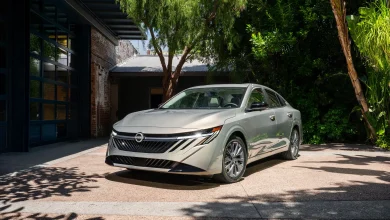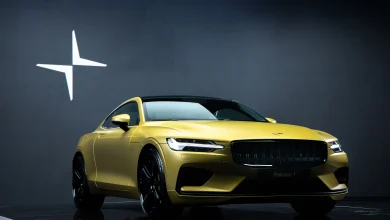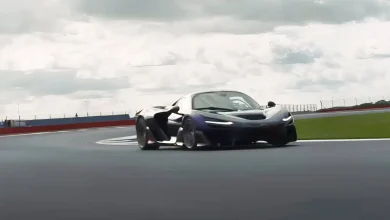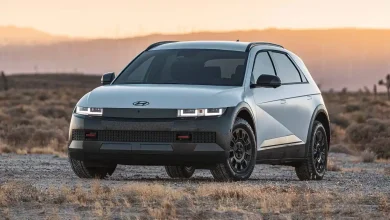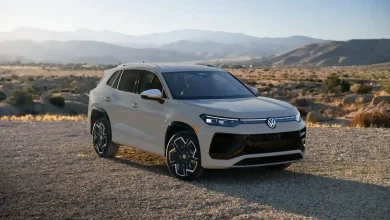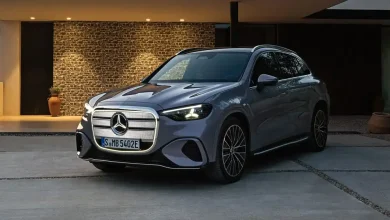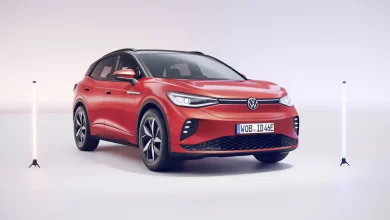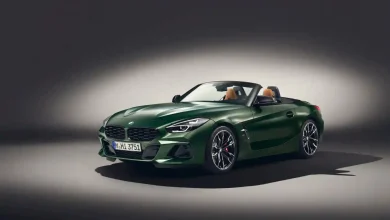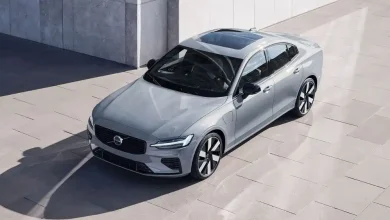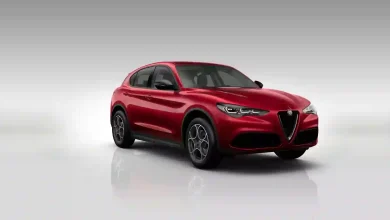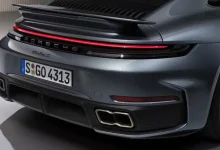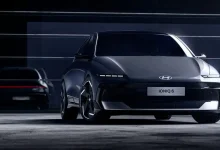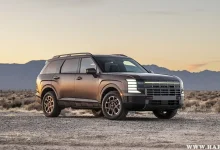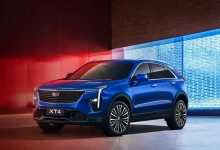2025 Cupra Terramar Driven: Bold Looks, But Performance Falls Short
VW Group's Cupra brand hopes to sell Americans vehicles like this Terramar.
In a bold step toward electrification, Spanish performance brand Cupra introduces the 2025 Cupra Terramar a sleek, compact SUV that blends aggressive styling, cutting-edge technology, and a range of efficient powertrains. Positioned as a pivotal model in Cupra’s growing lineup, the Terramar offers a striking balance between sporty flair and everyday practicality, making it an exciting option in the increasingly competitive hybrid SUV segment.
Cupra Is Born: From Sub-Brand to Standalone Star
Cupra, a name derived from the words “cup” and “racing”, originally began life as the performance division of SEAT, the Spanish automaker under the Volkswagen Group umbrella. Pronounced “SAY-aht”, SEAT leveraged the Cupra badge to designate sportier, track-inspired versions of its mainstream models. But in 2018, Cupra took a bold leap and was officially established as an independent brand, aiming to blend racing performance with modern design and electrified mobility.
Since then, Cupra has shown remarkable momentum, recording year-over-year sales growth and quickly becoming a standout success story within the Volkswagen Group. Its edgy design language, youthful spirit, and commitment to performance—both in combustion and electrified forms—have helped it carve out a distinct identity in a crowded automotive market.
Cupra Eyes U.S. Expansion
Cupra is now setting its sights on the U.S. market, where it aims to position itself as a sporty alternative nestled between Volkswagen and Audi. The brand’s American debut will include two key models: a next-generation version of the battery-electric Formentor—Cupra’s popular subcompact SUV—and an all-new, mid-size SUV to be manufactured specifically for North America.
Notably, the 2025 Cupra Terramar is not among the vehicles slated for initial U.S. release. However, former CEO Wayne Griffiths, who recently stepped down, once described the Terramar as the model that “best exemplifies where we are, where we are going, and where we want to go in the future.” His statement underscores the vehicle’s strategic importance in defining Cupra’s evolving identity—even if it remains, for now, a Europe-focused offering.
A Tale of Two Terramars
While Cupra offers the Terramar with more conventional gasoline and hybrid powertrains producing between 148 and 201 horsepower, the real excitement lies in the performance-oriented variants—those that proudly wear the VZ badge. Short for “veloz,” the Spanish word for “fast,” the VZ models are designed to deliver a more dynamic and spirited driving experience, setting them apart from the rest of the lineup.
Available with either a 265-horsepower 2.0-liter turbocharged engine or a plug-in hybrid system producing up to 272 horsepower, the Terramar VZ doesn’t just hint at performance—it embraces it. But does the power on paper translate into passion on the pavement? That’s where the story gets nuanced.
Performance & Powertrain: Two Paths to Veloz
Cupra’s VZ badge may stand for “veloz”—Spanish for fast—but how each version of the Terramar VZ gets there varies significantly. Buyers can choose between a traditional gasoline powertrain and a modern plug-in hybrid, each with its own strengths.
The gas-only Terramar VZ is equipped with a 2.0-liter turbocharged four-cylinder engine that produces 261 horsepower, mated to a seven-speed dual-clutch transmission and all-wheel drive. Thanks to its leaner build about 340 pounds lighter than the plug-in hybrid it sprints from 0 to 62 mph (100 km/h) in a brisk 5.9 seconds, delivering a more agile and responsive drive.
In contrast, the plug-in hybrid Terramar VZ pairs a 1.5-liter turbocharged engine with an electric motor, combining to produce 268 horsepower. Power is sent to the front wheels via a six-speed dual-clutch automatic, and while it’s slightly slower to 62 mph (7.3 seconds), its electric torque fills in the performance gap impressively at low speeds. With 243 lb-ft of torque from the electric motor alone and up to 295 lb-ft combined acceleration feels lively in urban environments.
Where the PHEV shines is in efficiency: it packs a 20-kWh battery, providing up to 75 miles (WLTP) of electric-only range. That makes it an appealing choice for commuters or city dwellers looking to minimize fuel use without sacrificing performance.
Driving Experience: A Tale of Contrast
When it comes to real-world performance, the split between the two Terramar VZ powertrains becomes even more pronounced especially once the road opens up beyond city limits.
In EV mode, the PHEV variant struggles to deliver seamless acceleration. Press the accelerator firmly, and instead of immediately summoning the gas engine, the system relies first on the 114-hp electric motor, hesitating noticeably before the 174-hp turbocharged engine finally joins in. This delay makes highway merges and overtaking maneuvers feel unnervingly sluggish, eroding confidence behind the wheel.
By contrast, the 2.0-liter turbocharged VZ responds with immediacy. A firm push on the right pedal prompts a quick downshift from the seven-speed dual-clutch, delivering a confident and linear surge of power. It may not be the most thrilling drivetrain in the segment, but it’s significantly more satisfying and predictable—than the hybrid alternative.
The differences in dynamics extend beyond power delivery. The PHEV’s brake pedal is soft and overly long in travel, lacking clear feedback, while the steering feels artificially weighted and detached from the road. The gas-powered 2.0T, on the other hand, features a firmer brake pedal albeit a bit grabby at the top—and steering that, while still short on feel, offers more natural resistance and response.
Tire choice further exaggerated the divide during testing: the PHEV rode on winter-oriented Michelin Pilot Alpin tires during a test in Wolfsburg, whereas the 2.0T was fitted with grippy Continental SportContact 6 summer rubber on the sun-drenched roads of Miami. Still, even accounting for this, the gas model displayed a level of poise and composure on winding roads that the PHEV simply couldn’t match.
While neither version delivers the level of engagement found in more enthusiast-focused rivals, the 2.0T offers a far more cohesive and confidence-inspiring driving experience and for those who enjoy a spirited drive, it’s clearly the better pick.
Ride Quality & Refinement: Taut, but Tolerable
Both versions of the Terramar VZ benefit from adaptive dampers that provide a composed, if slightly firm, ride. In their softest setting, the suspension does a commendable job of smoothing out bumps and road imperfections, offering a compliant experience without feeling overly cushy. Switch to the stiffest setting, however, and much of that comfort is sacrificed especially in the 2.0T, which becomes noticeably less forgiving.
Interestingly, the PHEV model, despite its added weight and winter-spec Michelin tires, felt less busy and more refined in its firmest suspension setting than the 2.0T on performance-focused summer rubber. That same tire setup also allowed more road noise and impact harshness to seep into the cabin of the gasoline model, making the ride feel harsher overall. It’s a clear example of how tire choice can meaningfully influence perceived refinement.
Spanish Style: Shared Identity, Subtle Differences
Visually, the Terramar VZ PHEV and 2.0T are almost indistinguishable. The only giveaways are the charge-port door on the plug-in hybrid and a slightly smaller cargo area, due to the rear-mounted battery pack. Otherwise, both versions showcase Cupra’s distinctive design language: a bold triangular lighting motif, an aggressive grille with a wide maw, canted headlights, a raked windshield, and an elegant, sloping roofline. Together, these elements give the Terramar a striking silhouette that stands out in the compact SUV segment.
Inside, the cabin continues the theme of sporty sophistication. The dashboard is angled toward the driver, creating an intimate and focused cockpit. Bronze-accented trim, high-quality materials, and clean design lines elevate the Terramar above its Volkswagen Group siblings. That said, some shared components are still present—most notably the 12.9-inch infotainment system, which uses Volkswagen’s software interface and includes touch-capacitive controls for temperature and volume near the base of the screen.
While not entirely unique in execution, the 2025 Cupra Terramar interior successfully balances modern digital features with aesthetic boldness, making it a genuinely pleasant place to spend time whether you’re navigating city streets or enjoying a weekend getaway.
Conclusion: A Promising Blueprint, With Room to Grow
Built alongside the Audi Q3 at Audi’s plant in Győr, Hungary, the 2025 Cupra Terramar rides on a 105.6-inch wheelbase—a figure that helps deliver decent ride comfort but doesn’t translate into standout rear legroom. That said, there’s still sufficient space for a six-foot passenger to sit comfortably behind a driver of similar height, making it a practical choice for small families or urban professionals.
As for Cupra’s performance ambitions, the Terramar VZ PHEV hints at an electrified future that’s still finding its footing. Despite its green credentials and usable EV range, its power delivery and overall dynamics don’t quite live up to the “Veloz” badge. It’s a solid commuter, but not a compelling performance machine.
The VZ 2.0T, on the other hand, lays down a more convincing foundation. With its responsive turbocharged engine, sharp styling, and refined ride, it presents a clearer vision of what Cupra could become—a true contender in the performance-oriented compact SUV space. Still, the flavor it offers is closer to “mild spice” than the bold, fiery identity Cupra aspires to project.
If the brand is serious about carving out a space for itself—especially in performance-hungry markets like the U.S. then the next iteration will need to bring more heat, more engagement, and more conviction.
2025 Cupra Terramar – Specifications
| Specification | 1.5 eTSI (Mild Hybrid) | 2.0 TSI 4Drive (Petrol) | 1.5 e-HYBRID (PHEV) | 1.5 VZ e-HYBRID (PHEV) |
|---|---|---|---|---|
| Power Output | 150 PS (110 kW) | 265 PS (195 kW) | 204 PS (150 kW) | 272 PS (200 kW) |
| Torque | 250 Nm | 400 Nm | 350 Nm | 400 Nm |
| 0–100 km/h Acceleration | 9.3 sec | 5.9 sec | 8.3 sec | 7.3 sec |
| Top Speed | 205 km/h | 243 km/h | 205 km/h | 215 km/h |
| Transmission | 7-speed DSG | 7-speed DSG | 6-speed DSG | 6-speed DSG |
| Drivetrain | Front-wheel drive | All-wheel drive (4Drive) | Front-wheel drive | Front-wheel drive |
| Fuel Consumption (Combined) | 6.1–6.6 L/100 km | 8.4–8.8 L/100 km | 0.4–0.5 L/100 km | 0.4–0.5 L/100 km |
| CO₂ Emissions | 139–152 g/km | 191–199 g/km | 10–12 g/km | 10–12 g/km |
| Electric Range (WLTP) | – | – | Up to 100 km | Up to 100 km |
| Battery Capacity | – | – | 25.8 kWh | 25.8 kWh |
| Charging (AC/DC) | – | – | 11 kW / 50 kW | 11 kW / 50 kW |
| Boot Capacity | 540–630 L | 540–630 L | 400–490 L | 400–490 L |
| Length / Width / Height | 4,519 / 1,869 / 1,586 mm | 4,519 / 1,869 / 1,586 mm | 4,519 / 1,869 / 1,586 mm | 4,519 / 1,869 / 1,586 mm |
| Wheelbase | 2,681 mm | 2,681 mm | 2,681 mm | 2,681 mm |
| Curb Weight | 1,638 kg | 1,750 kg | 1,898 kg | 1,904 kg |
Key Features
- Platform: Volkswagen Group MQB Evo, shared with the Audi Q3.
- Suspension: Front MacPherson struts and rear multilink setup; Adaptive Chassis Control (DCC) available.
- Interior: 12.9-inch infotainment touchscreen, 10.25-inch digital cockpit, optional Sennheiser 12-speaker audio system.
- Safety: Achieved a 5-star Euro NCAP safety rating.
- Special Edition: “America’s Cup Edition” limited to 1,337 units, featuring exclusive design elements.
2025 Cupra Terramar Videos
